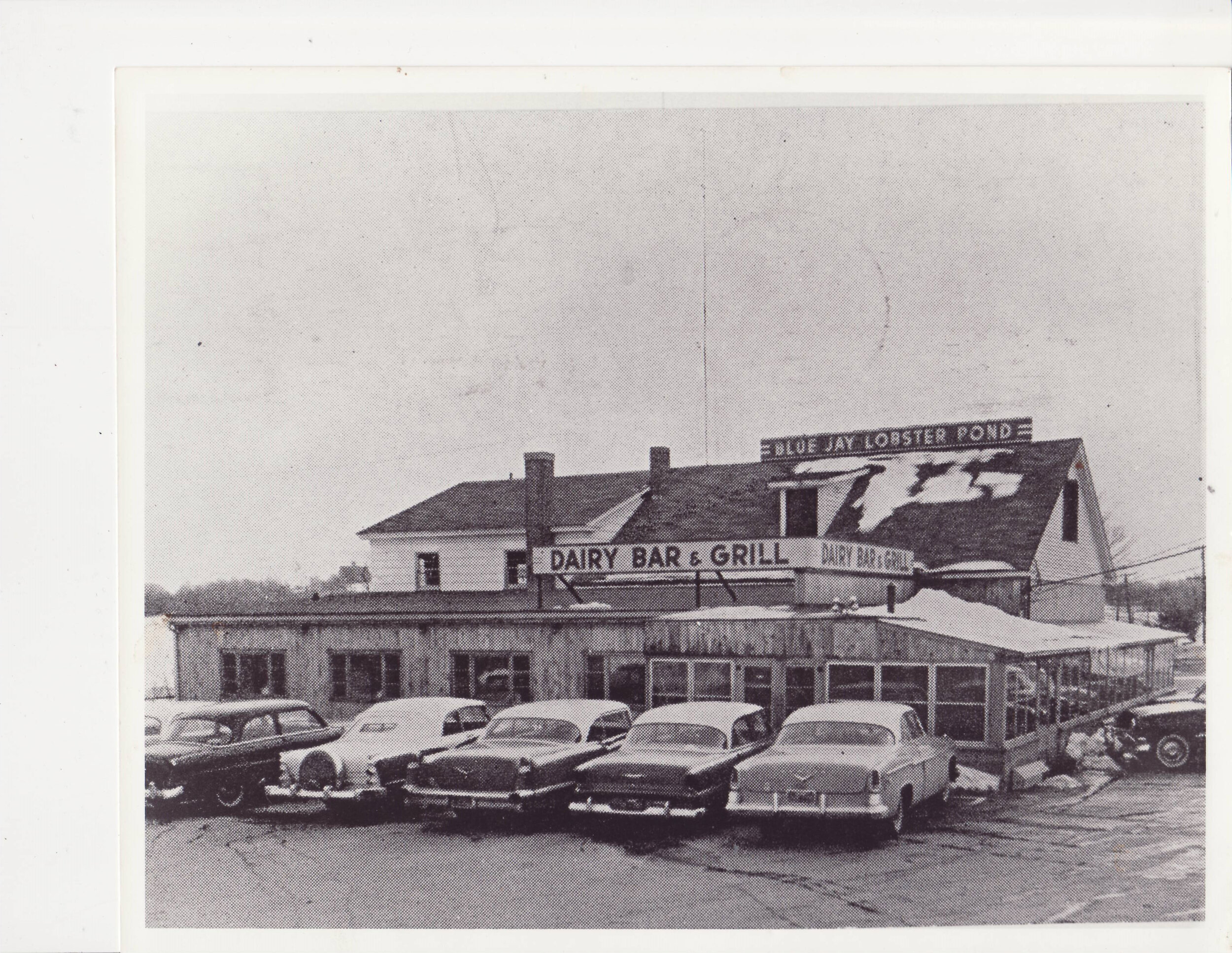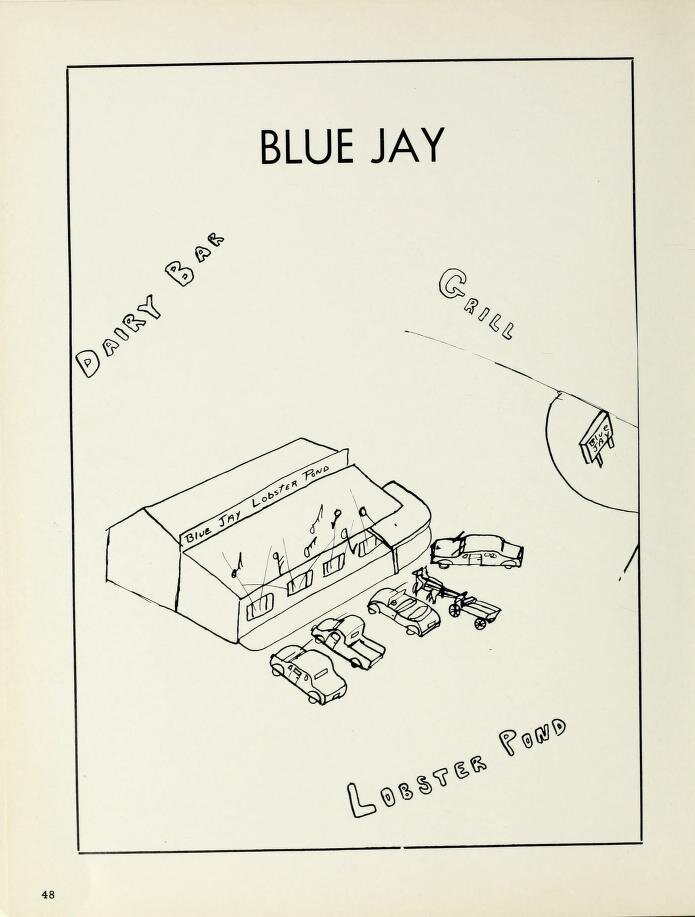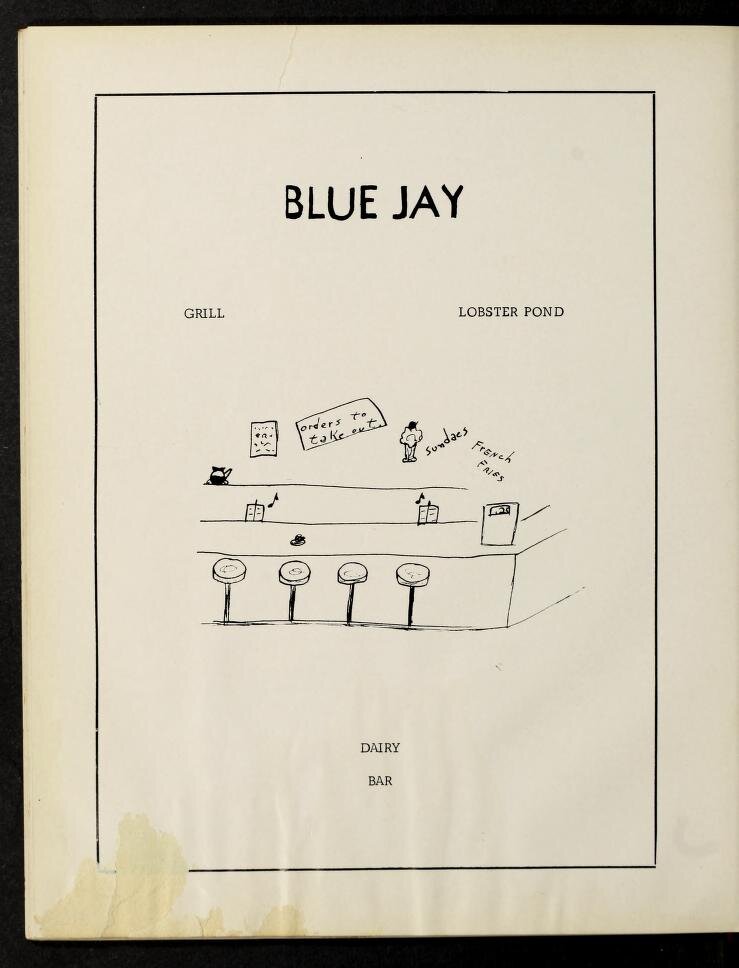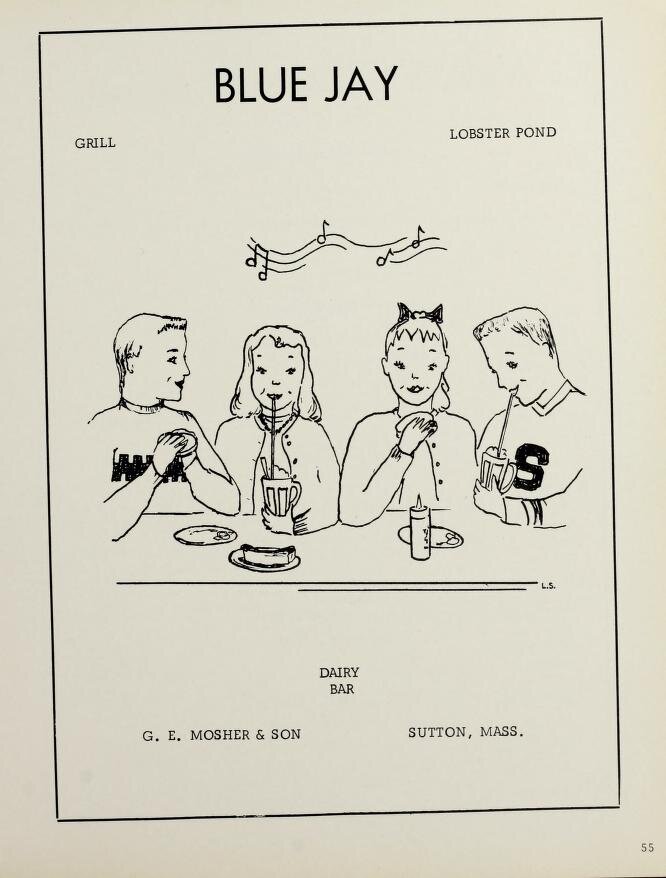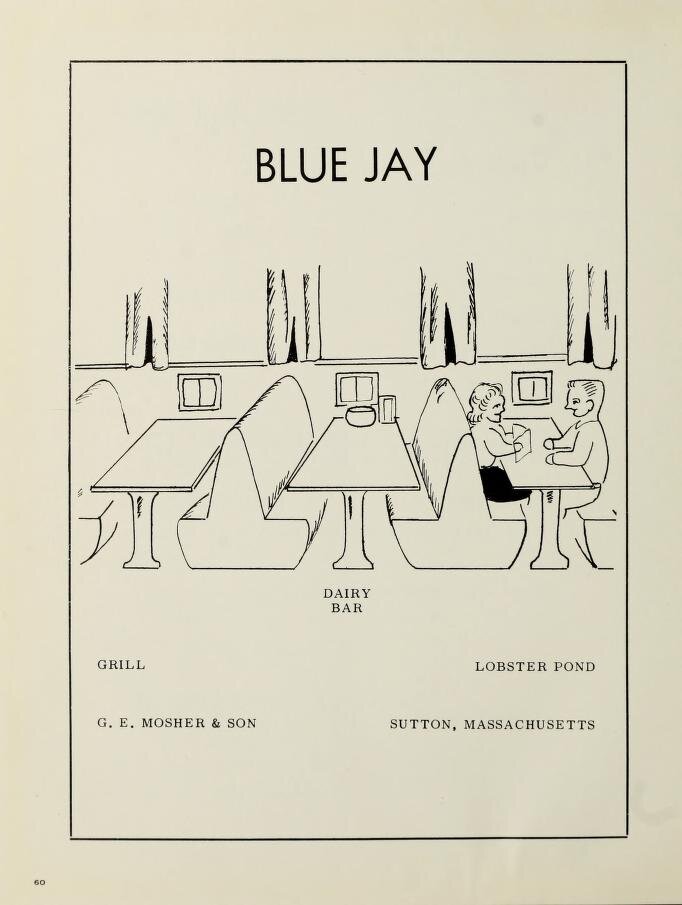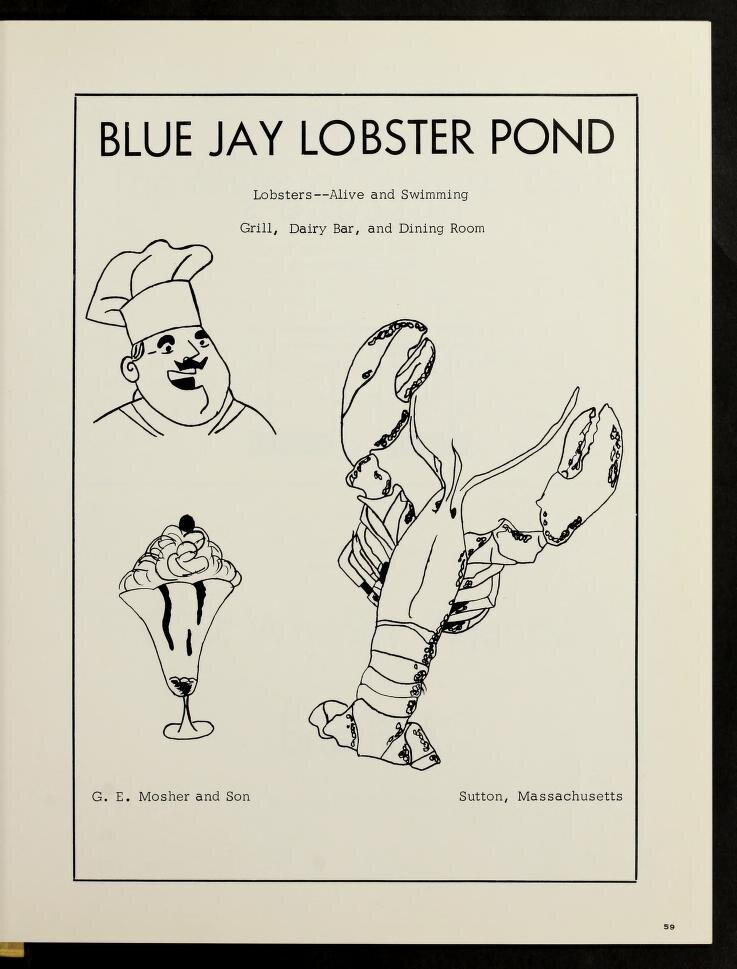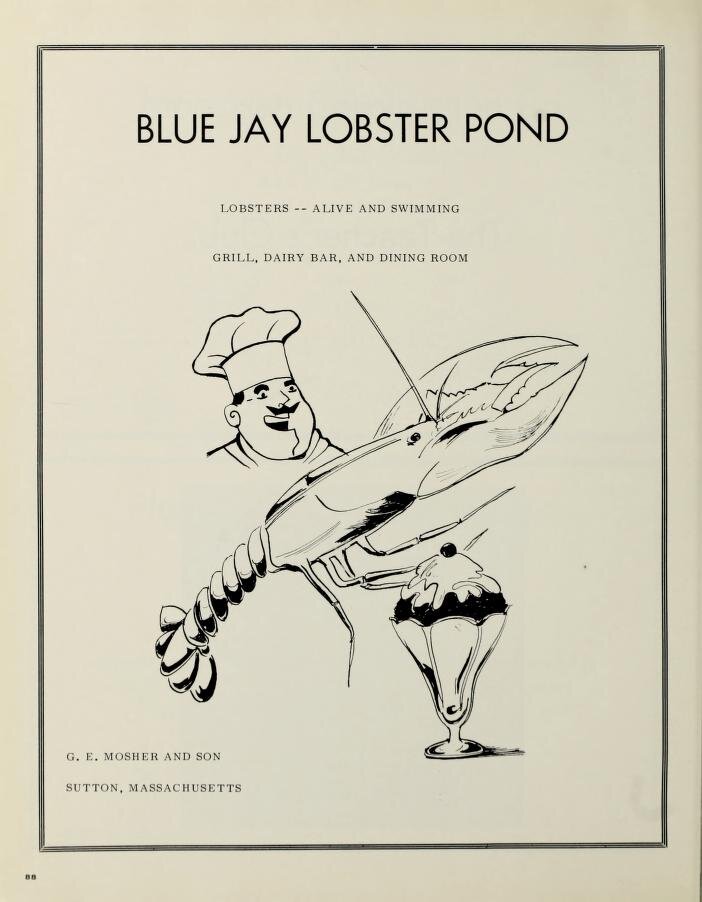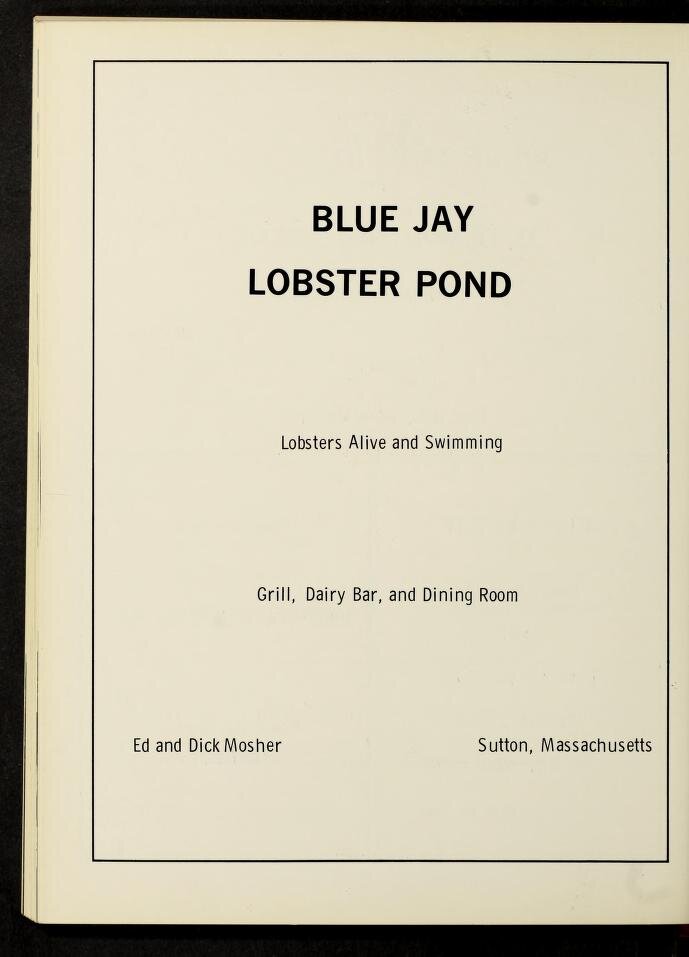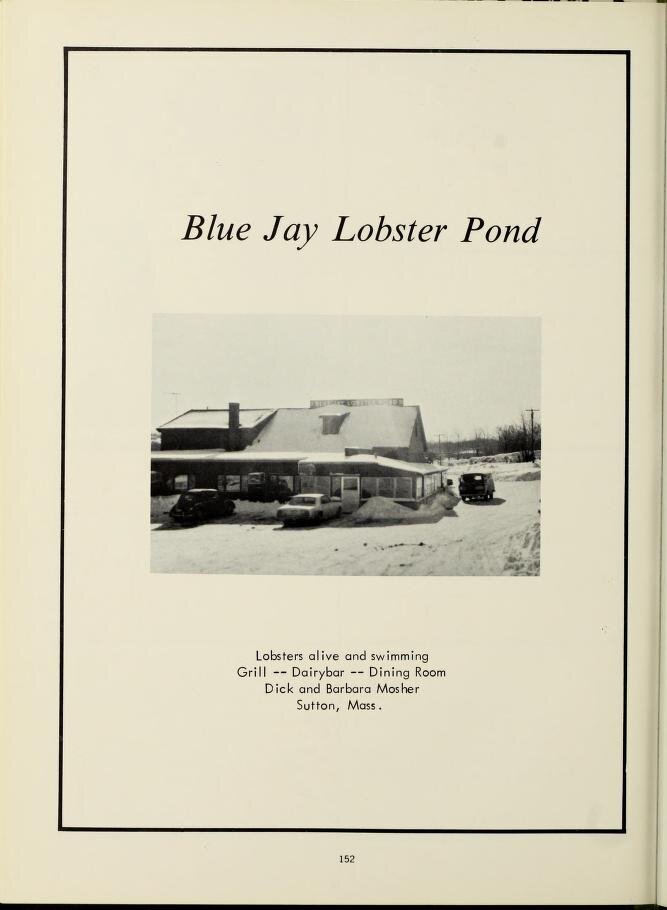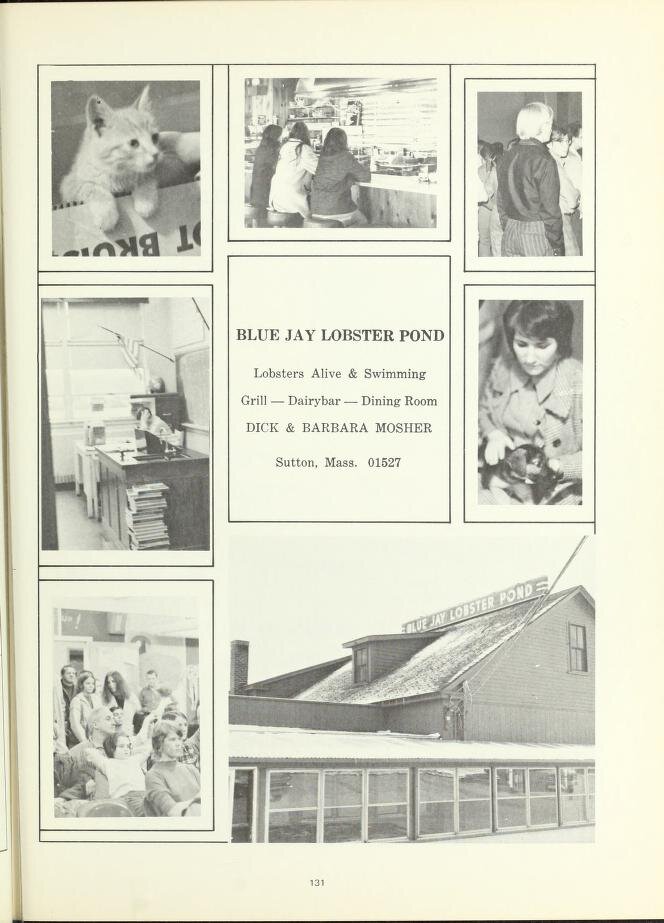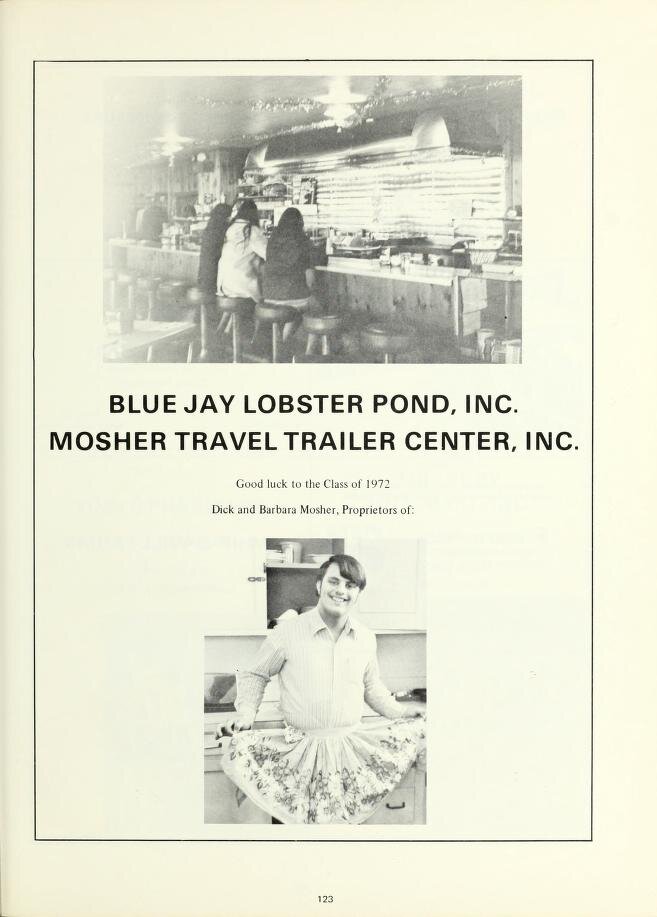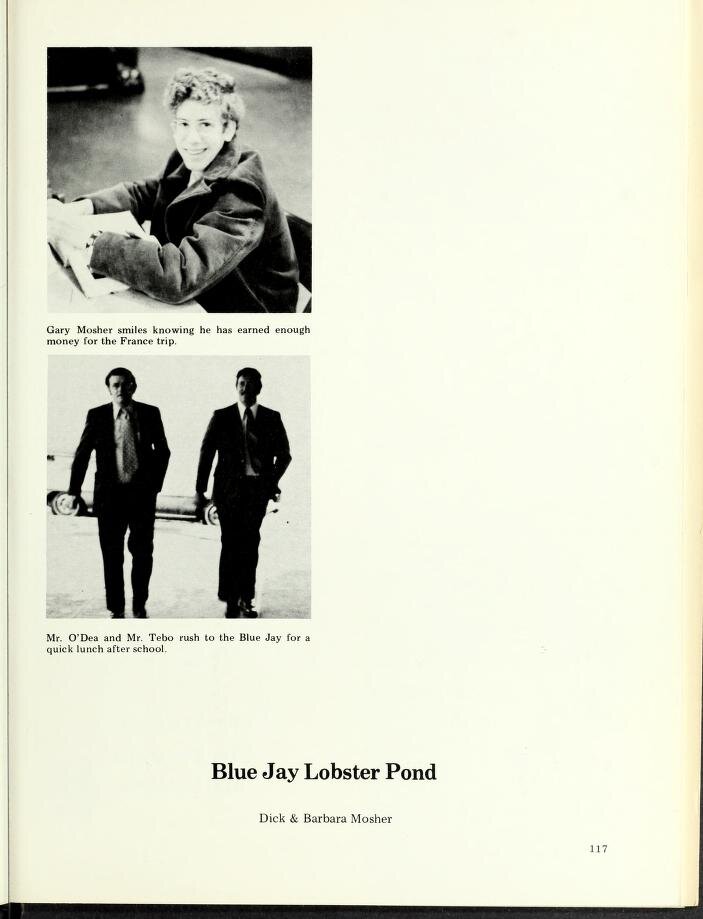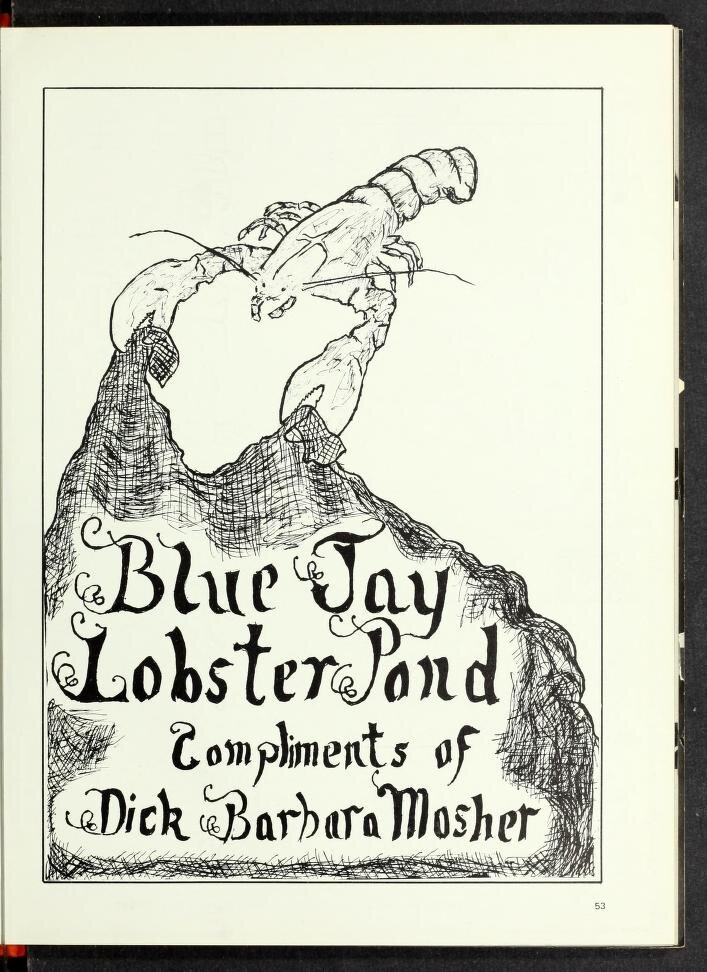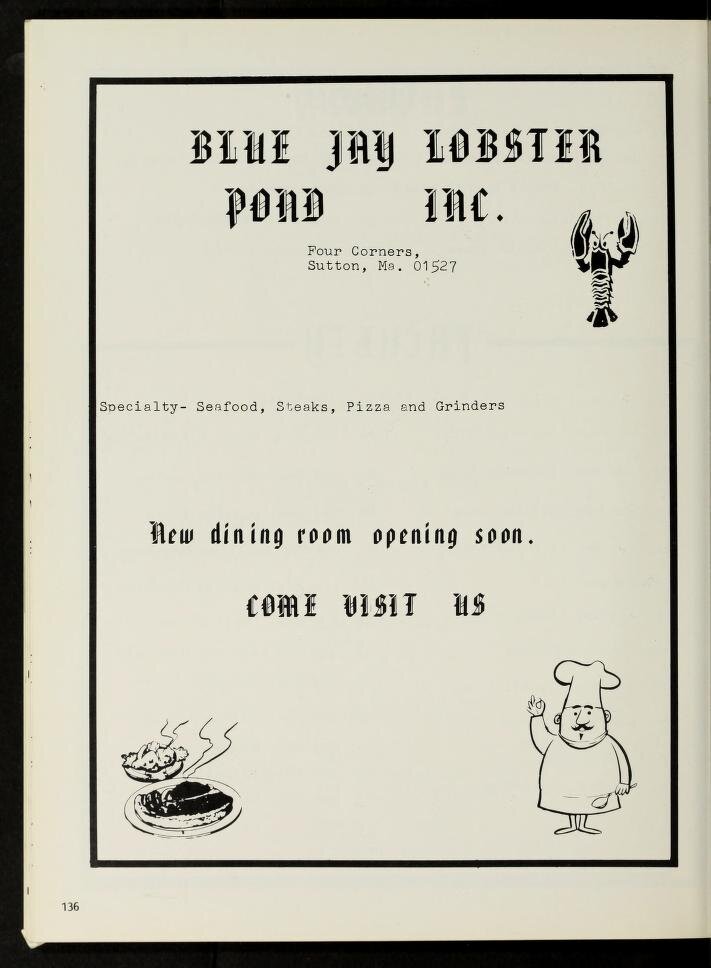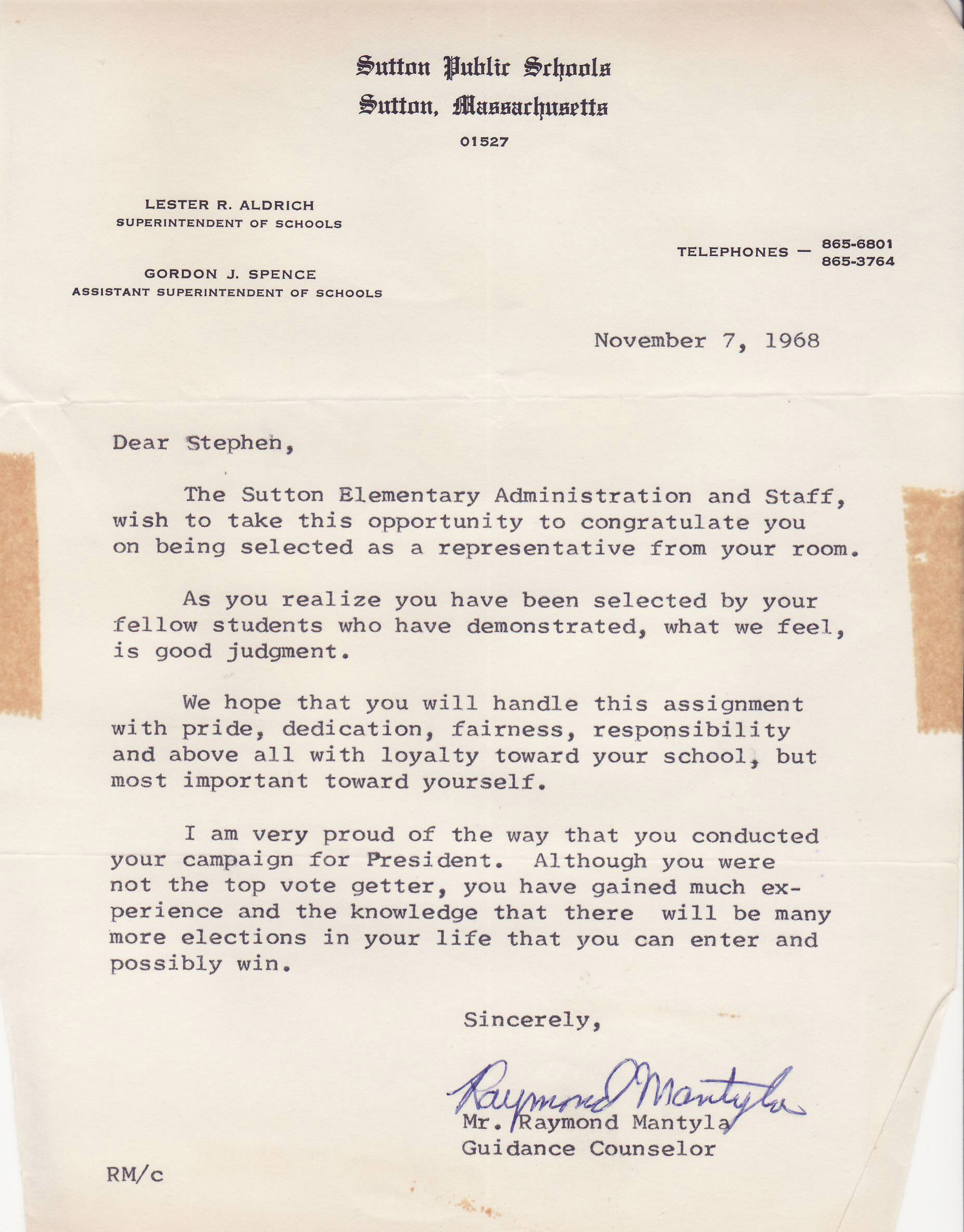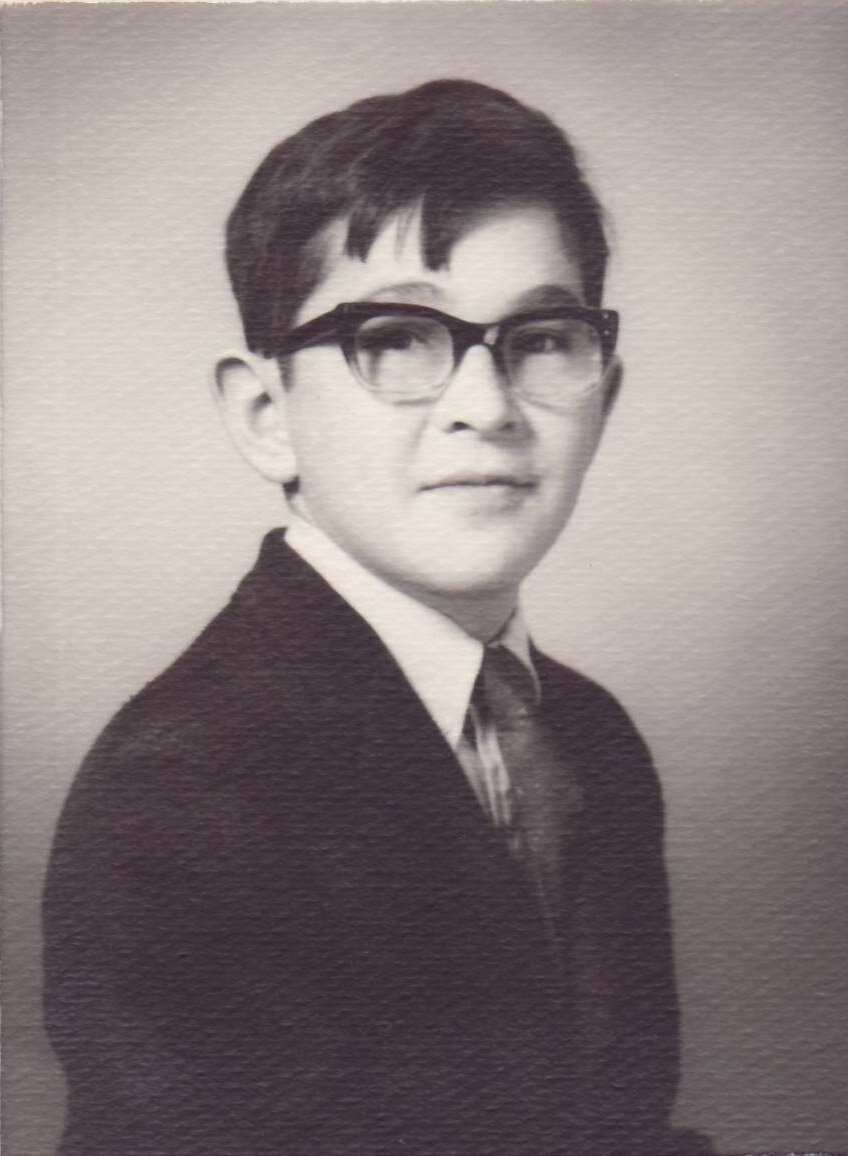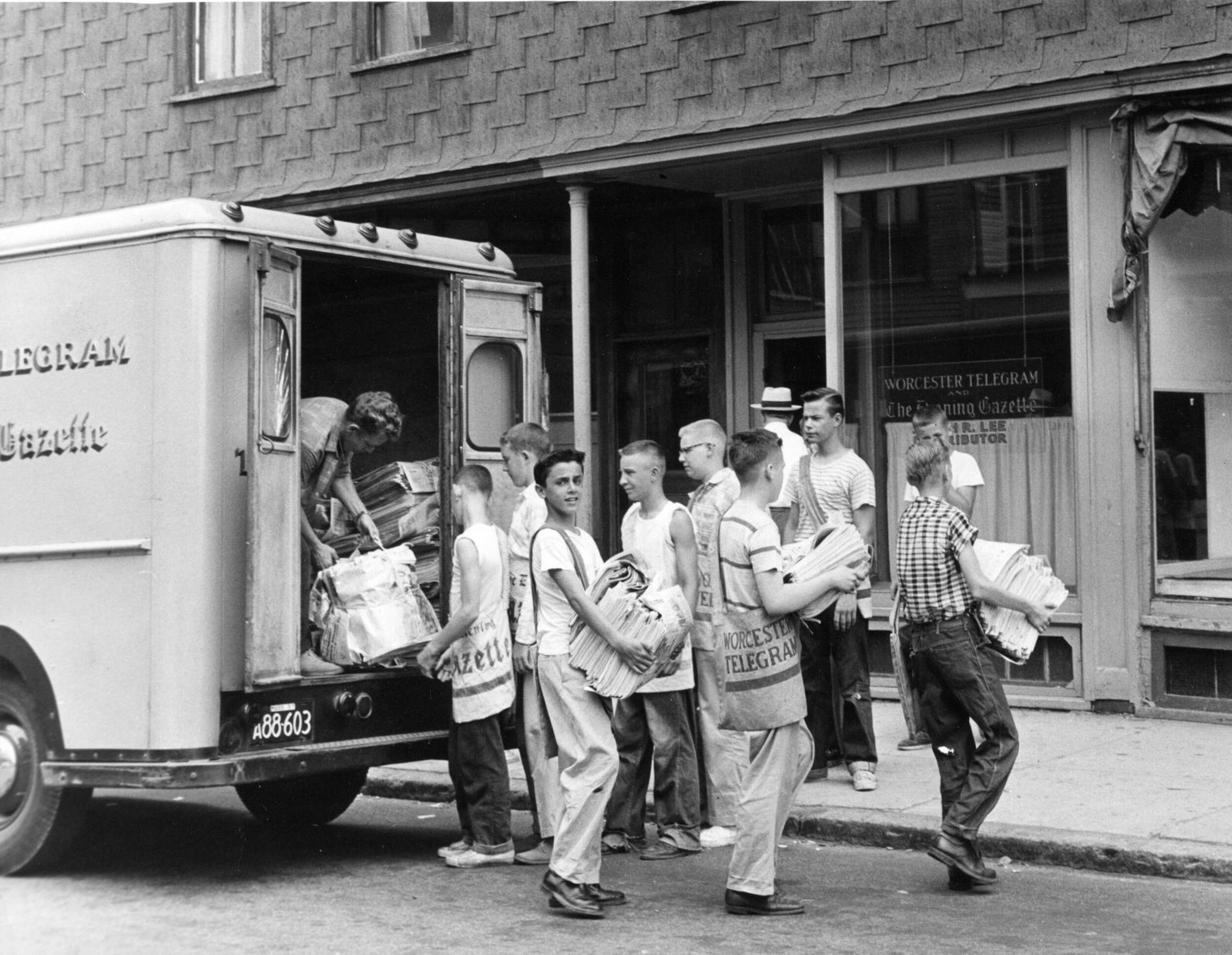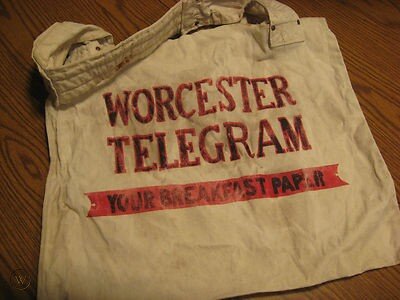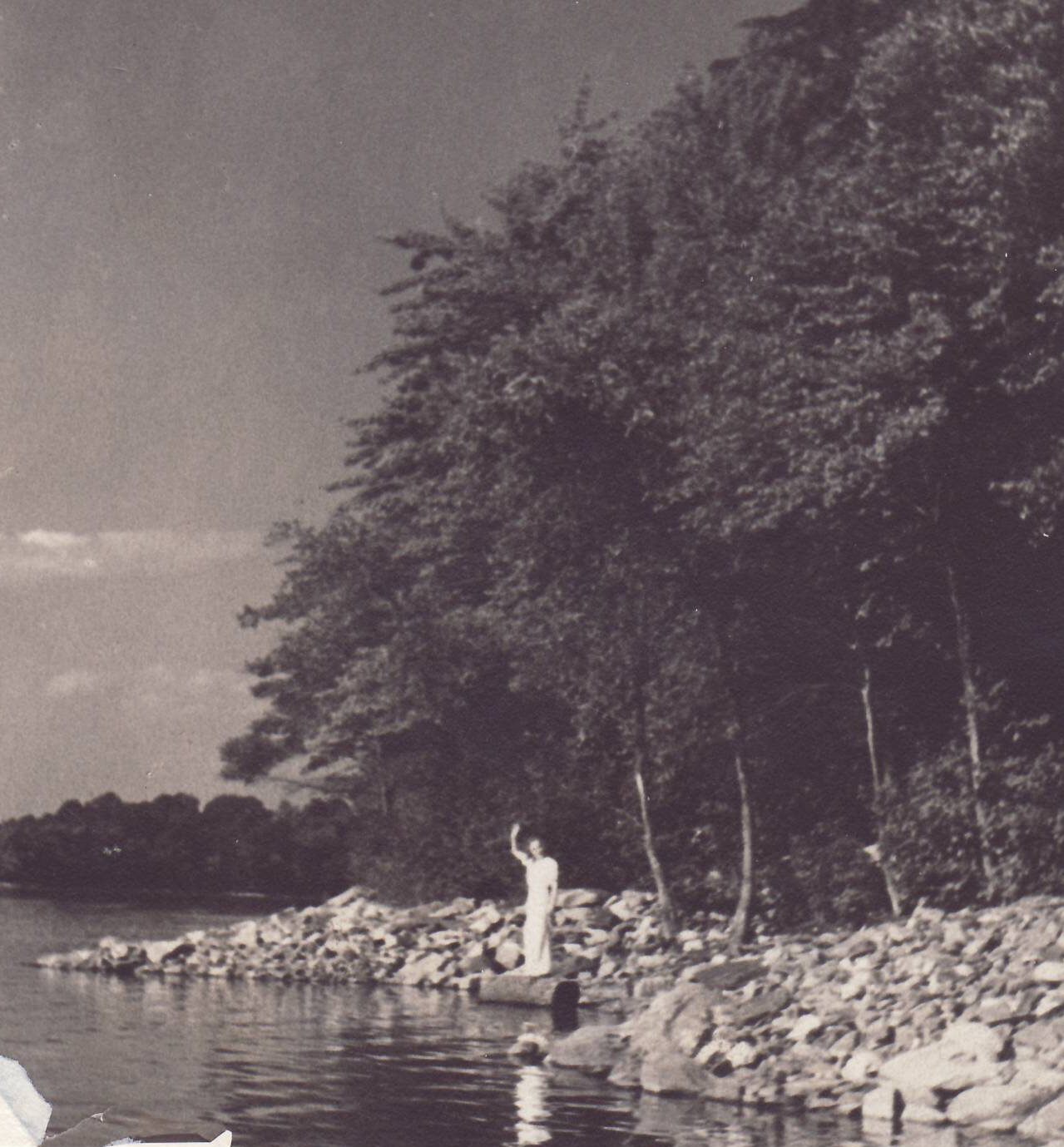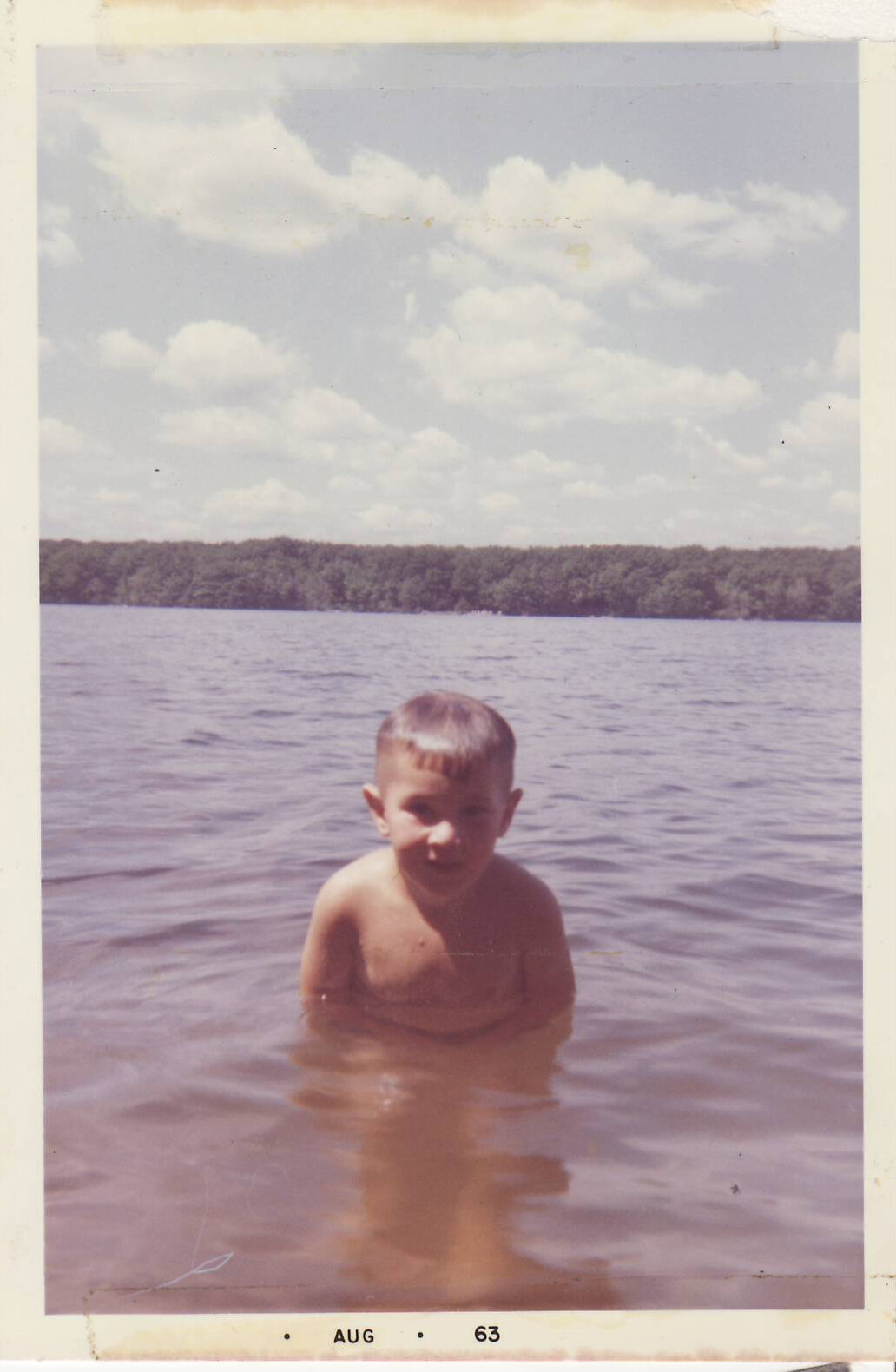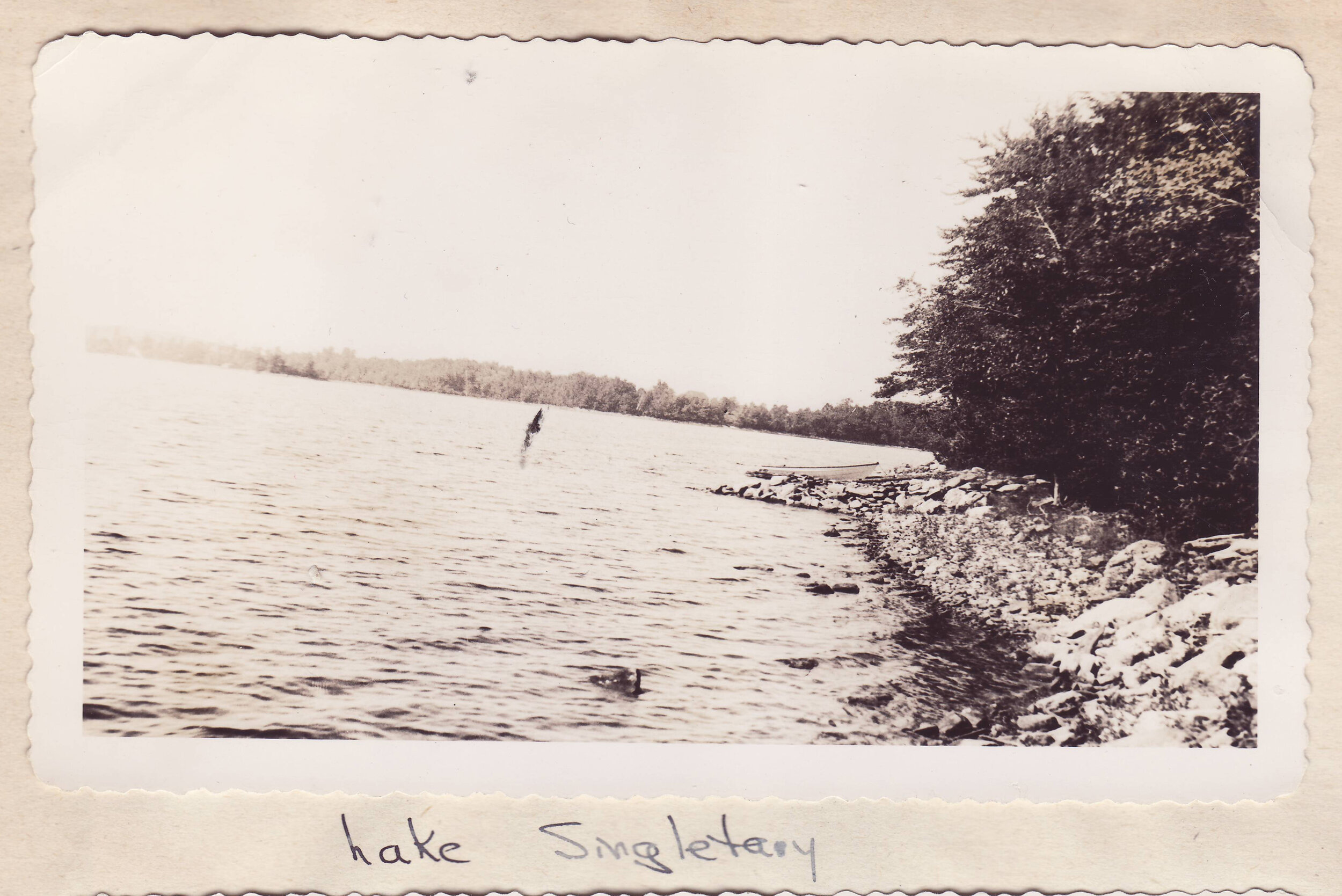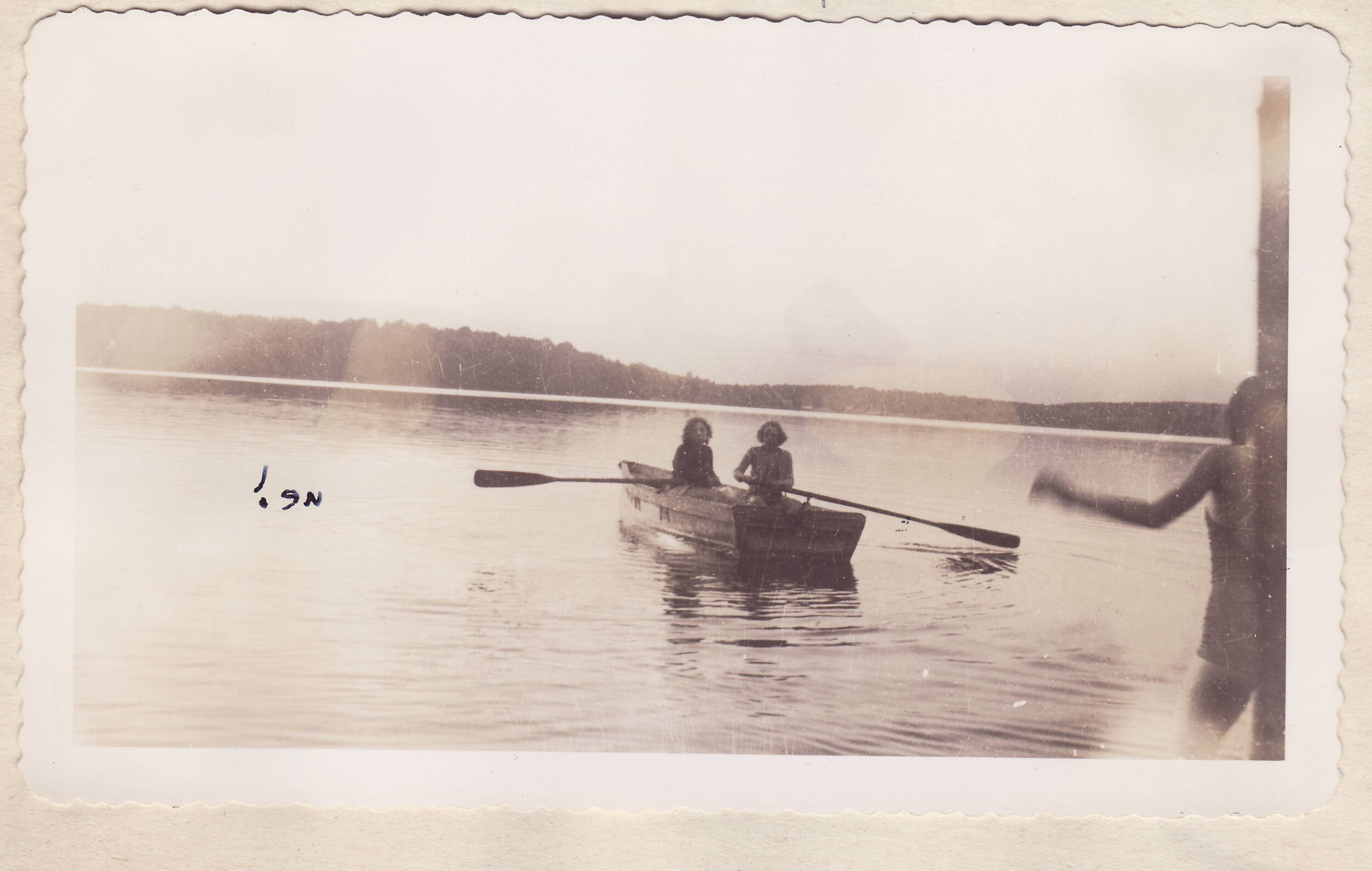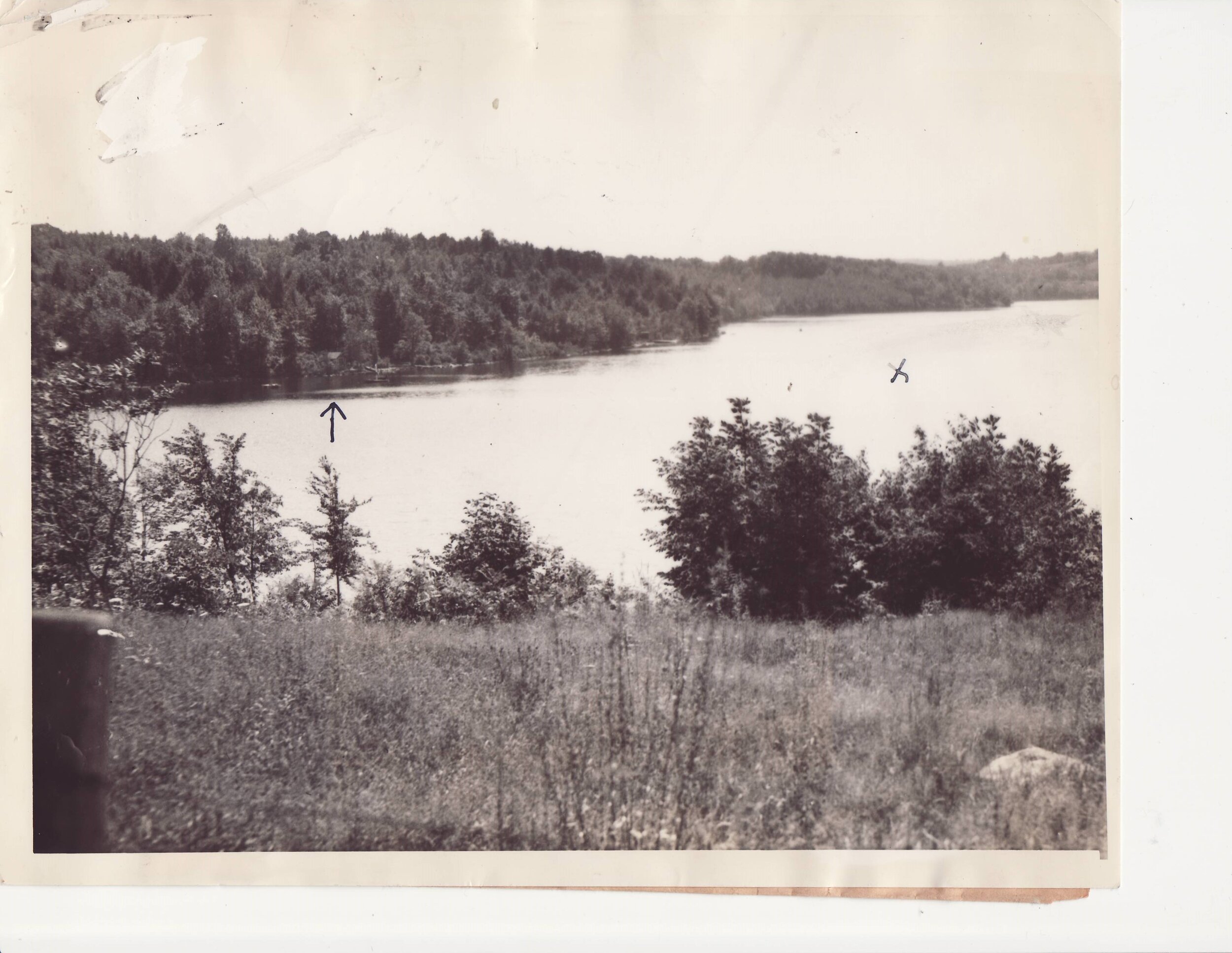Originally Published August 24, 2016 by Steve LeClaire
It was John MacLaren who suggested in about 1923 that the young ladies in his parish start a “Young Woman’s Club”. The first president was Maude ( Ray ) MacLaren, who had married Reverend John’s son Harold in 1913. Sutton was a small town, and everyone knew everyone.
Rev. John McFarlane MacLaren was pastor of the First Congregational Church of Sutton from 1916 to 1924. Born in Greenock, Scotland, he came to Thompsonville, Connecticut and married Ada Logan in 1886. All of their children; William, Alta, Harold, Grace, and James Eion, were born in Connecticut. The last, Edward, was born in Worcester. The family moved to Sutton and into the parsonage in Sutton Center when Rev. John became minister. The family quickly assimilated into Sutton and its culture.
One of Rev. MacLaren’s Deacons was Dexter Alonzo Brigham. Dexter Alonzo’s father, Dr. John Brigham had settled first on the old Whticomb place, which almost 100 years later would become Pleasant Valley Country Club. In 1873, the Brighams moved to the Royal Penniman estate on Leland Hill, naming it “Calmer Farm”. They would farm there for almost 80 years.
Fast forward to the 1920’s. Deacon Dexter A. Brigham’s son John Dexter –a big strapping farm boy freshly discharged from the Army in World War One, would eventually court and marry the minister’s daughter Grace, firmly cementing the MacLaren-Brigham relationship bridge in Sutton. Tradition says that young John Dexter Brigham would ride his motorcycle from the family farm on Leland Hill up to the Sutton Center parsonage to court the minister’s young daughter, Grace. There may have been some sideways glances or raised eyebrows, but in due time Miss MacLaren became Mrs. John Brigham and both became respected members of the church and Sutton community.
Grace Brigham became the dutiful farmer’s wife at Calmer Farm on Leland Hill. The farm operated a dairy and raised many chickens, but was mainly a produce and truck farm, as vegetable farms were known then. John Brigham and his International truck were a common sight on his vegetable route into Worcester. “Calmer Farm” was a progressive farm, and eventually boasted having the first rubber tired tractor in Sutton. Tractors had steel wheels then, but Brigham purchased his 1935 John Deere on rubber. Other farms scowled at first, doubting its prowess and usefulness, but soon there were rubber tired tractors all over Sutton. John Brigham knew. He’d been to Stockbridge Agricultural where he’d been a star athlete as well as a avid student of farming.
Reverened John MacLaren suggested to his congregation in the 1920’s that they start a young women’s group. Many of the women agreed it would be a good idea. Some were newlyweds, some had small children already, and some were raising teens. The first president was Maude ( Ray ) MacLaren, who had married Rev. MacLaren’s son Harold in 1913. The MacLarens lived on Uxbridge Road, just up the hill from the common and the church. Harold worked as a construction superintendent.
Eunice ( Perry ) King, and her husband Arthur lived just a bit further up Uxbridge Rd , right about where Bond Hollow Rd forks off to the right. Arthur was in the cattle business, having purchased his farm in 1921. Eunice was a 1914 graduate of the then relatively new ( 1908) Sutton High School building on Singletary Ave. In time, Eunice would become an active worker in town, interested in organizations of the church, school and Grange. She would go on to hold many important offices in these groups and serve on countless committees. She would become a register of voters for many years. She would be High School Librarian in my lifetime. A town scholarship still exists in her name. But as a young woman in the 1920’s, she quickly joined her neighbors in the newly formed young women’s club. Years later, John and Grace Brigham’s son Donald – a talented artist - would paint a beautiful mural depicting fields, trees and cattle on the two huge doors of King’s farm truck garage on Uxbridge Road.
A couple of the members of the Women’s Group lived up in the Eight Lots district. Nelson Gerber inherited his father’s share of the large brick house and estate ( now owned by Dan Moroney ) in 1927. He’d married Miss Dora Ann Rau of Rockville, Conn in 1911. Dora Gerber became an active member of the little group. The Gerbers were farmers. Before the elder Gerber had passed in 1925, the farm was divided and a tract of 276 acres across the road was sold to George Thompson and his wife, Miss Mamie Stratton of Grafton. The Thompsons were farmers as well. Mamie joined the Young Women’s Club at the urging of her neighbor, Dora Gerber.
Another member was Mrs. Milton Holbrook, or ‘Ruth’ as she was called. The Holbrooks lived next to the Sherman Blacksmith shop, in the house currently occupied by Mark and Audrey Brigham. (the great grandson of Rev. John MacLaren!)
Of course the minister’s daughters became members of the Young Women’s Club. Alta Irene MacLaren, who never married joined, as did her younger sister Grace (MacLaren) Brigham.
So, the group of young women continued to meet, assist in church affairs, and share lunches and ‘teas’ at each other’s homes. A sub section of the group – the aforementioned women - got together to share their enjoyment of quilting. They would gather at each other’s homes and work on beautiful quilts together. One day, gathered around the watering trough in front of the Brick Block in Sutton Center, Dora Gerber jokingly said that if they would “hike” to her home in Eight Lots District on the Oxford line she would serve a chicken dinner. The five others took her up on it. The second “hike” was to the Brigham Farm at the Northbridge line. From those two hikes the six “Hikers” met once a month at a member’s home and made bed quilts. Thus was born, ‘the Hikers’.
The Hikers had no official status or standing. The name was an unofficial moniker given them by townspeople who saw the little group walking about town to each other’s homes, merely for the exercise and comradery. The ladies were a sub-group within the larger Young Women’s Club, of which they were the backbone as it was. However, they continued to exist and meet throughout the 1930’s and the Second World War years of the 1940’s as ‘the Hikers’.
The War took John and Grace Brigham’s eldest son John Dexter Jr. off to service with the Navy in 1942. Dexter survived the kamikaze attack on board the Belleauwood in the pacific. Son Robert served in the Army of Occupation from 1946 through 1948. Later, youngest son Jim served with the Navy during the Korean War on board the USS Midway. Prior to the start of the war, John Brigham Sr. had scaled down his farm operations, leaving the work to his sons and hired hands. John joined the US Post Office as a mail carrier. Grace cared for her family while she continued her work with the church and meetings with The Hikers. She baked a mean apple pie, and homemade donuts.
Harold & Maude MacLaren’s son John likewise went off to war, serving with the US Army throughout Scotland, England, Africa and Sicily. Son George, known as ‘Midge’ entered the service in 1942 and flew fifty missions in combat with the 15th Air Force, and was awarded several medals. Arthur & Eunice King’s son David entered the service in 1946 and served with the 25th Infantry Division on Occupation duty in Japan.
The Hikers still got together once a month, hiked shorter distances, worked within the church group, and maintained close family friendships. World War Two and then the Korean War ended, and the heroes returned to the blue star mothers. The prosperous 1950’s began. Sutton was looking forward to its 250th anniversary in 1954. The town planned a large celebration, including a massive parade, spectacular fireworks, historical displays, religious services, and a festive ball.
This is when The Hikers made themselves heard. “Wouldn’t it be nice to include Purgatory Chasm and State Park in some way?” Maude MacLaren suggested. The Purgatory State Reservation had been established in 1919 through the efforts of Sutton’s own Herbert L. Ray, a former member of the State legislature, and father of Maude Ray MacLaren. A large portion of the park, including the chasm itself, was acquired from the Whitin Machine Works in neighboring Whitinsville. In 1950, John C. Dudley and Flora H. Dudley gave the 70 acre John H. Dudley Memorial Forest to the town, in memory of their son, who was killed in action over Sicily in 1943. Another Hiker quickly agreed that Purgatory should be utilized; “Yes, but how?” It was suggested by a Hiker that perhaps the church would sponsor a picnic breakfast at Purgatory. With the agreement of the church, the Hikers agreed to spearhead the planning of the breakfast, to be held on Monday, September 6th 1954 – Labor Day – as part of the big 250th celebration.
With the help of Park Superintendent Charlie Graveline, the breakfast was planned to be held in the parking lot near the pavilion at the entrance to the chasm. The church and its kitchen workers helped. Volunteers from the local farms offered their trucks and helped to gather all the wooden picnic tables from throughout the park, and bring cooking gear from the church.
John Brigham was responsible for making coffee. He stoked the wood and charcoal fires in the stone fireplaces and boiled huge pots of water. His son “Dexter” cooked on one of the grills. Charcoal grills were made from metal barrels cut in half length-wise, and placed on metal stands. Thick, sheet metal rectangular, pans on top formed the grills. Grace Brigham handed out homemade donuts. Ruth Holbrook and her daughter June, as well as June’s friend Doris Jones passed out donuts and little boxes of cereal. The MacLarens all worked the grills, flipping thousands of pancakes and slices of ham. There were other members of the church that helped by preparing the batter, stocking the grills, and rolling plastic silverware into paper napkins. Alden Perry cracked and fried eggs, along with Bucky Smith. Alden’s father, Norman Perry and “The Maples” supplied the refrigerated milk truck to keep milk cold. My mother, Betty Benjamin – secretary for the 250th celebration itself – poured coffee. A few weeks later she’d meet and begin dating my future dad. The first breakfast was a huge success by all accounts.
The breakfast continued annually for over 50 years. With the demise of The Maples farm, Eaton’s Dairy eventually supplied milk. Over time, the children of the originators helped and then took things over completely. Dexter Brigham was chairman for several years. He and his brother Jim manned the grills. Dexter’s son Mark eventually helped, flipping his share of pancakes. Ed MacLaren’s son Ben joined in, grilling ham as I recall. Bucky Smith’s son Andy took over on the egg grill. Jack Perry assisted his father Alden in grilling ham. The grills became tightly controlled, and highly coveted spots in the assembly line breakfasts. It became a joke that in order to work one of the grills, you had to be bequeathed a spot in the cook’s will. It was a badge of honor to work at the Purgatory/Labor Day Breakfast. By the 1970’s it was an annual tradition to get a couple of Bucky’s eggs, Alden’s ham and Dexter’s pancakes, as well as Grace Brigham’s donuts and June Holbrook’s cereal. John Brigham still poured coffee. He’d work long hours through the night before, in the kitchen of the church – boiling coffee and pouring it into large 40 quart milk cans to be transported to the Chasm in the morning. My dad helped my mother pour coffee too, and when I was old enough in my high school years, I helped pour too. The annual breakfast became a “must attend” social event of the year. Soon, there were busloads of out of towners attending. Motorcycle groups planned fall rides around attending the Labor Day Breakfast in Sutton. Long lines formed, and sometimes people waited hours for tickets. It was no matter. People socialized and saw folks that they didn’t normally cross paths with. It became a town reunion of sorts. Politicians, local and state all came to shake hands and lightly solicit votes. The breakfast became profitable, and I remember my father writing ‘rain insurance’ for the organization in case the breakfast had to be cancelled due to inclement weather. For years, he had to meet the local meteorologist from Worcester Airport to measure and determine any precipitation. The policy rarely if ever paid off, the sun was often bright and clear over Sutton on many a crisp morning - and my dad and the weatherman would simply enjoy a hearty breakfast together.
By the late 1970’s and early 1980’s the next generation had taken over the heavy labor, but The Hikers remained at the center of it all. They obviously aged each year, and finally relegated themselves to sitting at the head of the line taking tickets and greeting the patrons. Many of the women retained their plaid 250th anniversary hats, and wore them proudly. They passed out token advertising items provided by local business sponsors such as yardsticks and rulers, bag clips and calendars, inflatable sponges and refrigerator magnets. Through the years, the efforts of the Hikers and their spouses have brought in a substantial amount of money, given to the First Congregational Church. Fire victims have been recipients of handmade quilts and money when disasters struck. The Hikers were the revered matrons of Sutton.
Alta MacLaren only saw the first three breakfasts, passing away in August of 1957 at age 67. And just a year before the first breakfast, the Tornado of 1953 had flattened Calmer Farm and the Brigham’s home on Leland Hill. Choosing not to rebuild, John and Grace built a small home on Boston Road and relocated. Grace passed away in 1983 at age 87, followed by John in 1990 at age 92. Nelson & Dora Gerber sold their farm on Eight Lots Road to Paul Libbey, and moved to a small house on Boston Road, at the base of Hovey Hill. I think Eunice King was the last living Hiker.
By the time fifty years had passed at Sutton’s 300th anniversary in 2004, the original Hikers were all long gone and the First Congregational Church had officially taken over the organization of the Labor Day Breakfast. The ‘breakfast’ had been moved to the Sutton Center Common, as it was becoming too difficult to set up a huge outdoor kitchen in Purgatory. Although a necessary and practical move, the atmosphere just wasn’t quite the same. However, the sensible Church workers wanted the option of being able to move inside quickly should it rain, which for whatever reason seemed to happen slightly more frequently than in the past. At least in my memory, I don’t think the breakfast has ever had to be cancelled outright. Different traditions are born each year as new members of the community mingle with the old timers and are welcomed into the culture that is Sutton.
The original women never forgot their trysting place either – the watering trough in the intersection in front of the Brick Block - and had kept it in bloom during the summer and green during the winter. That ‘trough’, the black and white striped iron pipe now sits in front of the Blacksmith Shop as a lasting tribute.
These were The Hikers:
Miss Alta MacLaren
Grace Brigham (Mrs. John D.)
Ruth Holbrook (Mrs. Milton L.)
Eunice King (Mrs. Arthur E.)
Maud MacLaren (Mrs. Harold L.)
Mamie Thompson (Mrs. George)
Dora Gerber (Mrs. Nelson, Sr.)
Monday, September 6, 1954 - “Picnic Style Breakfast” at Purgatory Chasm State Reservation
Home of Arthur E. King




